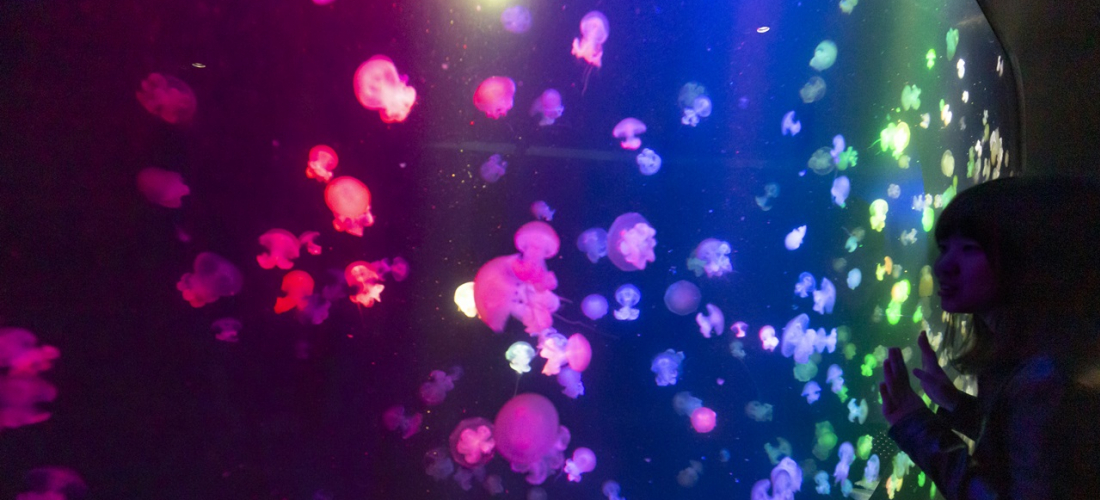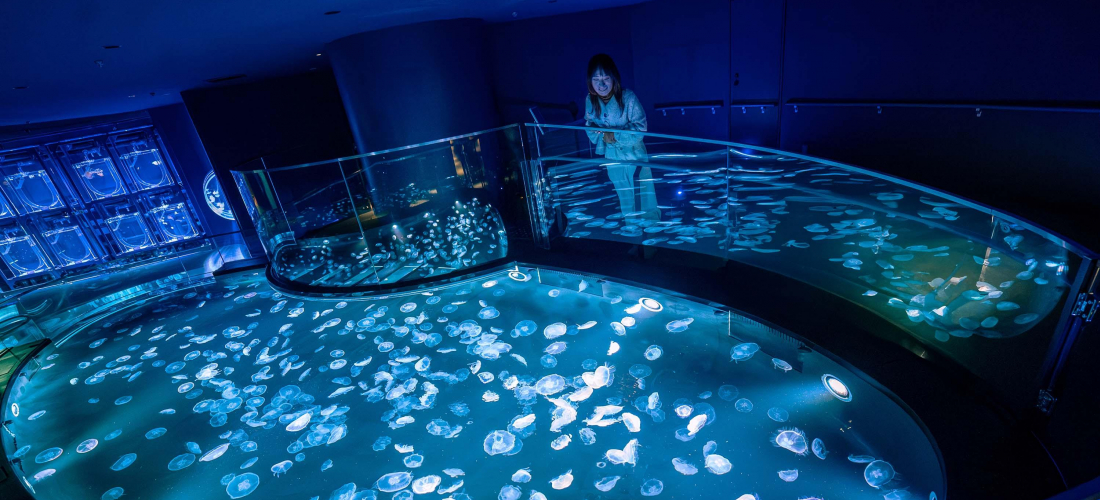
CONTENTS
If you’re looking for fun things to do around Tokyo Skytree, did you know that there’s actually a flock of penguins living in the middle of the Tokyo Solamachi complex? Sumida Aquarium is not only home to a group of penguins with enough drama to generate a relationship chart with yearly updates, but recent renovations have added jellyfish pools, kaleidoscopic tunnels, and other relaxing fun to the facility. If it’s your first visit or your 100th, it’s worth checking out Sumida Aquarium in 2024.
Find Fun Near Tokyo Skytree at This Tokyo Aquarium
Located in the Solamachi complex at the base of Tokyo Skytree, Sumida Aquarium is one of Tokyo's most popular aquariums, making it a Tokyo destination for family fun and a go-to Tokyo date spot as well. Due in part to its location, Sumida Aquarium has a fairly unique configuration, and it's known for taking on interesting projects to always keep things fresh and new. At the center of the aquarium, both literally and metaphorically, lives a large flock of more than 50 penguins, who spend their day leisurely swimming through the large penguin tank, sitting on the rocks, eating fish, and generally squawking to their hearts' content. One of Sumida Aquarium's most beloved projects is their unique penguin relationship chart, which is updated by the penguin keepers who get to know each and every one of the birds personally, and redrawn every year to reflect the changes you might see in anyone's lifetime. The 2024 Sumida Penguins Relationship Chart offers a little glimpse into the ins and outs of the penguins' rather complicated relationships, with each other and with their human pals as well, and gives us the latest news on the Sumida penguins' romances and the most heartbreaking breakup drama. The yearly chart makes it pretty tempting to go check in on the penguins regularly, but it has also made these birds into internet celebrities, and the new stars of Sumida Aquarium have even become official tourism ambassadors for Sumida Ward, the area of Tokyo they call home.
Of course, Sumida Aquarium's penguins might be popular, but they're not the only aquatic attraction at the aquarium! Some of the other popular aquarium residents include jellyfish, fur seals, and tiny garden eels, living their lives together with their human keepers as one big family next to Tokyo Skytree. The aquarium staff takes their job of providing a comfortable home for the aquatic inhabitants very seriously, and the construction includes features like tanks with special artificial seawater systems, providing a more aerobic environment for the animals.
rn
rnThe aquarium is a comfortable place for visitors to spend time, as well, thanks to the airy open floor plan, with no set route but plenty of seating. It's an ideal place to sit back and relax (which can sometimes be a blessing in the midst of a busy Tokyo travel schedule), and visitors are free to enjoy snacks or drinks while watching the fish swim by. (There are snacks, sweets, and drinks at the Penguin Cafe, but visitors can also bring in outside snacks if they want!) Sumida Aquarium's relaxed vibes allow both locals and sight-seers to treat the place a little like a local park – it really is a great place for a picnic or a nice stroll!
Next, let's take a quick tour of Sumida Aquarium's most popular spots.
Sumida Aquarium (すみだ水族館)
Tokyo Skytree Town Solamachi 5F/6F, 1-1-2 Oshiage, Sumida-ku, Tokyo
Hours: weekdays 10:00 – 20:00 | weekends & holidays 9:00 – 21:00
*Final admission 1 hour prior to closing.
*The aquarium is generally open year-round, but may close temporarily for facility maintenance. Please check the official website prior to visiting
Access: Next to Tobu Tokyo Skytree Station, or 5 min from Oshiage (Skytree) Station
Official Website (en)
① The Penguins: See the Swimming Penguins From Every Angle
Sumida Aquarium's penguin tank has a capacity of 350 tons (about 400,000 liters or 105,000 gallons), giving the penguins plenty of space (and depth) to dive through every day. Each penguin uses the space differently, and they hop in and out of the water at their leisure, diving deep or floating on the surface, lolling around or whipping past at high speeds, going it alone or gathering in groups. Sumida Aquarium's penguin flock has a lot of members, and it's especially fun to see how each bird's personality differs from the next. Fortunately, aquarium-goers can get a good look at the penguins from just about every angle. The penguin area is at the heart of Sumida Aquarium, on the 5th floor, but the 6th floor offers great views from above!
The famous Sumida Penguins Relationship Chart is always on display near the penguin area on the 5th floor, but if you really want to study every detail (and you might), the newest chart is also made available every year on the Sumida Aquarium website. It's not just a simple family tree – this chart is replete with little bits of penguin personality, anecdotes from their lives, and other fun notes from the penguin keepers. Of course the original chart is compiled in Japanese, but in recent years they've started releasing it in English as well, so that international aquarium visitors can fall in love with the Sumida penguins just as much as their keepers have!
② The Jellyfish Room: Enter the Ethereal World of the Jellies
Removed from the noisy fun of the penguin enclosure, Sumida Aquarium's jellyfish area offers an otherworldly ambience, with graceful jellyfish floating past along the walls and in pools below your feet, their long tendrils trailing behind like long strands of lace. This part of the aquarium was renovated in 2020, and these days it not only has large tanks of brown jellyfish and Pacific sea nettles set into the wall like paintings, but also a spacious oval tank with a diameter of 7 meters (23 ft) that holds around 500 moon jellies. Their translucent bodies glow in the changing lights that illuminate the water, and a bridge-like walkway runs over the water to a piece of reinforced glass, allowing visitors to hover above the jellyfish like magic, seeing them from a brand new angle.
In addition to the jellyfish area, Sumida Aquarium's "Kaleidoscope Tunnel" was also constructed in 2020, and it now uses lighting, projections, and mirrors to create a magical path along the edge of the aquarium. One wall has a series of smaller jellyfish tanks, and benches are placed so you can sit down and soak it all in. With all the fanciful decorations, it's one of the most popular places for visitors to take photos in the aquarium.
The jellyfish living in Sumida Aquarium are actually born and raised in the aquarium, and the laboratory-like Aqua Base area offers a unique chance to see how jellyfish grow from tiny specs to full-grown jellies, with each stage of growth divided and marked for observation. The tanks are also tended by aquarium staff, who are happy to answer any questions visitors might have about the jellyfish or other animals, and share behind-the-scenes stories from around the aquarium. The approachable staff is one of the things that makes Sumida Aquarium so much fun to visit!
③ The Ogasawara Sea Life Tank: See the World’s Natural Heritage in Tokyo
Sumida Aquarium's large sea life tank is built to reproduce a marine scene from around the Ogasawara Islands, a small group of outlying islands far southeast of Tokyo, and the 450 animals of 45 different species live together to give visitors a glimpse of Ogasawara ecology. As the easternmost inhabited islands that are still counted as a part of Japan, the Ogasawara Islands are so far away that the ferry from Tokyo takes 24 hours, but they're actually still counted as part of the Tokyo metropolitan area. However, the isolated location in the middle of the Pacific has blessed these little specks of land (and the surrounding waters) with unique scenery enjoyed by both humans and the local wildlife, leading to its registration as a World Natural Heritage Site in 2011.
Sumida Aquarium's large tank gives visitors a peek into life under the sea in Tokyo's furthest neighborhood, and in 2023 the aquarium added a new area called the Ogasawara Base to focus in on even more details of the island ecology. The area has tanks built to reflect an island estuary habitat, and it gives visitors a chance to meet, appreciate, and better understand some of the Ogasawara Islands' most endangered species – like green sea turtles – to show how important it is to protect the wildlife who call the islands home. It's a mission that Sumida Aquarium has been committed to since it opened its doors to the public.
Since 2012, Sumida Aquarium has been working together with the Ogasawara Islands community on a number of projects: showing off the beauty of the island ecology with the large Ogasawara Sea Life tank, cooperating on sea turtle conservation endeavors, and even using plastic taken from the ocean to create cute turtle earrings – sold in the aquarium gift shop. The official aquarium website has a page dedicated to their Ogasawara projects, although the information is currently only available in Japanese.
Sumida Aquarium's goals include the creation of a more comfortable environment for the endangered animals outside the aquarium, but they also aim to provide the same thing for the animals living on the premises, and with that in mind they worked with the specialists at Aqua Design Amano to create a series of "natural aquascape" tanks near the aquarium entrance. Using an elegant selection of living plantlife, the tanks are set up to utilize the natural source of oxygen to recreate comfortable habitats for the fish that feel closer to their homes in the wild, but the tanks are also arranged with thought and care to create beautiful scenes for visitors to drink in as they enter the aquarium. Aqua Design Amano's unique tanks have drawn attention from all over the world, and aquarium staff will tell you that from time to time, aquarium enthusiasts will show up specially to see these specific tanks.
④ The Coral Reefs: Meet Nemo’s Friends and the Garden Eels
Out in the wild, coral reefs provide precious niches for many marine creatures to live and reproduce in safety, and some of the best-known representations of that are Nemo (a clownfish) and Dory (a blue tang), two species of fish that genuinely rely heavily on the protection that coral reefs supply. Coral reefs around the world are home to numerous different species, and the coral reef area of Sumida Aquarium offers a little look at a few of them including clownfish and blue tangs, although the clownfish here are actually a slightly different species from Nemo. To get the full picture, they also have a space for the little garden eels that live in strong currents and deep sand around the coral.
Sumida Aquarium's garden eels are actually some of the most popular animals in the whole building. When the aquarium closed temporarily during the covid pandemic, keepers noticed that the eels (already timid by nature) were becoming increasingly shy of new visitors, and they decided that a special online event (the "Garden Eel Show-Your-Face Festival") was the best way to stave off the eels' newfound stage fright. The video calls with the garden eels were so popular that people logged in from around the world, and lines were backed up with quarantined callers who wanted a little face time with some cute eel friends.
The project was a success, and although the garden eels almost always stay home with most of their bodies in little burrows beneath the sand, they're now welcoming visitors back from around the world post-lockdown. If you visit the eels in the early morning, however, you might have to wake them up to see them start to poke their heads out of the sand. Garden eels like to sleep in, deep inside their sandy burrows, and they can't even blame the pandemic for their sleeping habits! (The photo above is what they look like after being woken up first thing in the morning. They're just lucky they don't have to worry about bedhead.)
⑤ The Goldfish: Enjoy a Little Japanese Flair at the Edo-rium
Fancy goldfish at the aquarium? Well, Sumida Aquarium is after all a Japanese aquarium located in the middle of Tokyo! Their Edo-rium area, named after the old-fashioned name for Tokyo (Edo), features some of the most colorful, unique, and overall beautifully bred goldfish you might ever see, surrounded by decorations that mix traditional Japanese aesthetics with modern design. With goldfish lanterns hanging overhead, and rows of flamboyant goldfish whipping their fluttering tails and dancing through the water, the area feels a little like a Japanese festival.
Don’t Miss! Adorable Animal Snacks and Drinks
With its many comfortable seats and tables, Sumida Aquarium allows visitors to bring in outside food and enjoy it while watching the animals, but you might not want to bother after seeing the options at the Penguin Cafe. Not only is the food tasty, but it's ridiculously cute too, with penguin and fur seal donuts, penguin onigiri rice balls, penguin ice cubes floating on seas of blue soda, and plump little chocolate fur seals resting on beds of whipped cream. Order some snacks, fun drinks, or just a cup of coffee, and find a seat near your favorite aquarium animals to relax and take it all in.
Don’t Miss! Unique Souvenirs & Original Items at the Aquarium Gift Shop
Want to take a little bit of all the aquarium fun home with you? After exploring Sumida Aquarium, you might be on the lookout for a fun souvenir, and the gift shop has some tempting options. Options range from ocean-themed snacks to cute (and useful) everyday items, along with plenty of fun toys, picture books, and little trinkets. Some of the most popular items are Sumida Aquarium originals, available nowhere else. Look out for their tote bags, magnets, and stickers perfect for decorating your suitcase. Of course you can also find the acrylic turtle-shaped earrings made in collaboration with the Ogasawara Islands – each pair has a unique pattern made from swirls of the recycled ocean plastic!
For those who like traditional Japanese crafts, the shop also has some aquarium-themed items specially made by local Tokyo craftsmen using traditional methods. There are Edo kiriko glasses engraved with scenes from under the sea, and penguin ornaments made by traditional wooden doll artisans! And the shop also has some funky items that make great souvenirs for yourself or a friend, like penguin-shaped ice cube trays, and boxes of daifuku mochi shaped like aquarium animals.
Sumida Aquarium: Enjoy the Aquarium Up Close
Sumida Aquarium has a unique motto that translates to something along the lines of "Get close and you'll find even more to like." (近づくと、もっと好きになる。), but it's easy to see how the motto fits the aquarium's general style. The open floor plan offers visitors the chance to go where they please, see the animals from unusual angles, and really spend some time getting to know all the residents of the aquarium. A few words and pictures aren't enough to explain the magic of this urban aquarium – to see what Sumida Aquarium is all about, you'll need to get a closer look, and visit it next time you're in Tokyo!
For more info and updates from Japan, check Japankuru for new articles, and don't forget to follow us on X (Twitter), Instagram, and Facebook!
Details
NAME:Sumida Aquarium (すみだ水族館)


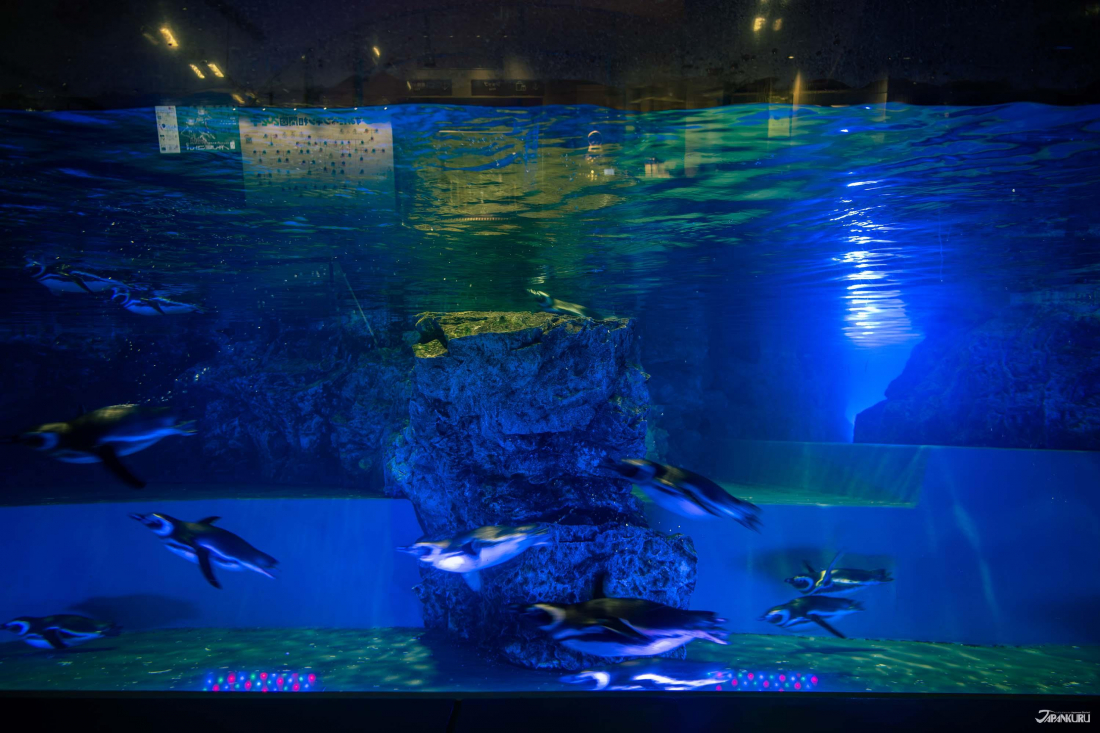
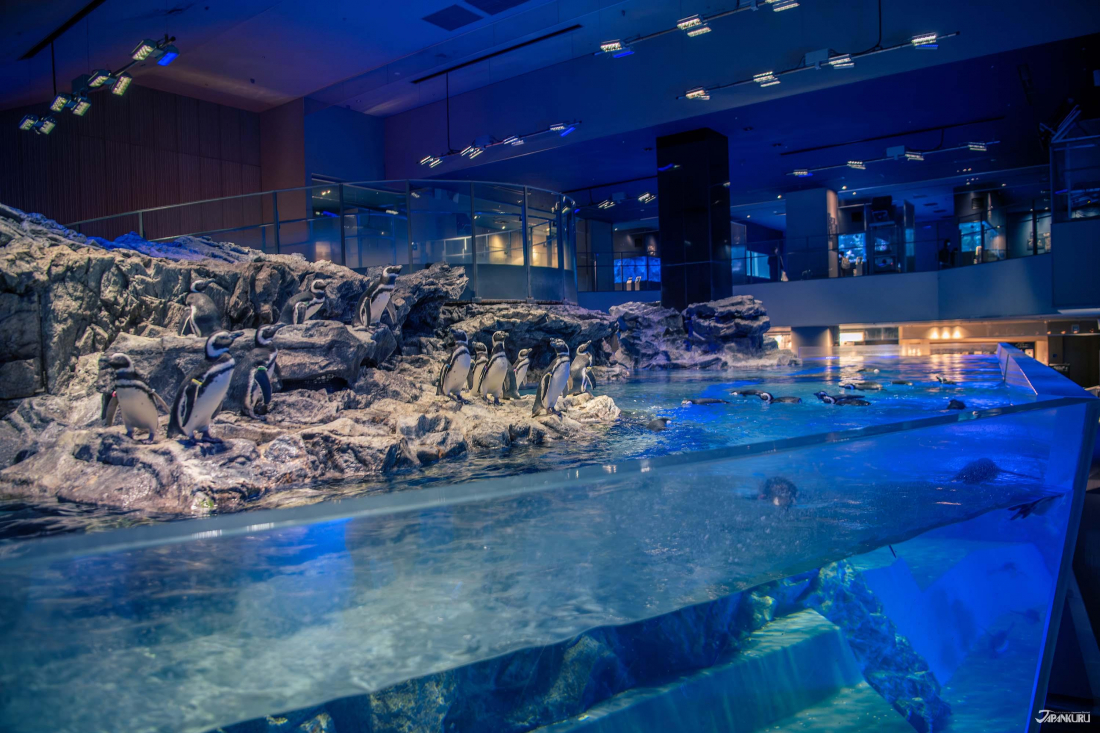
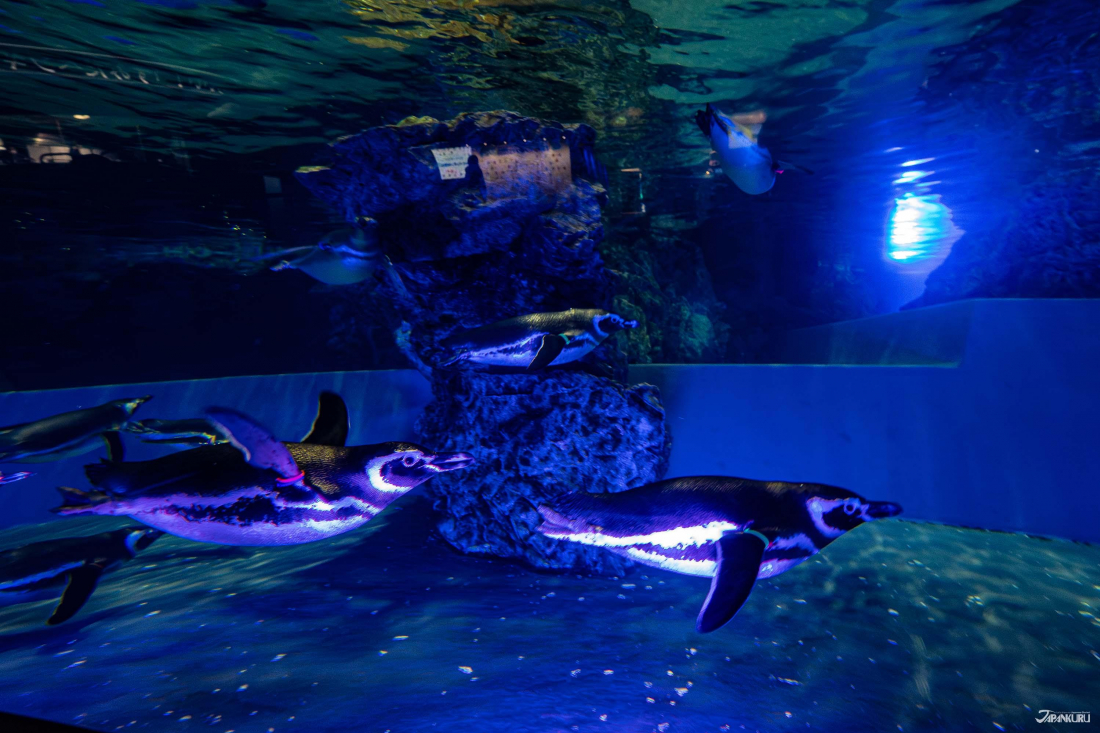
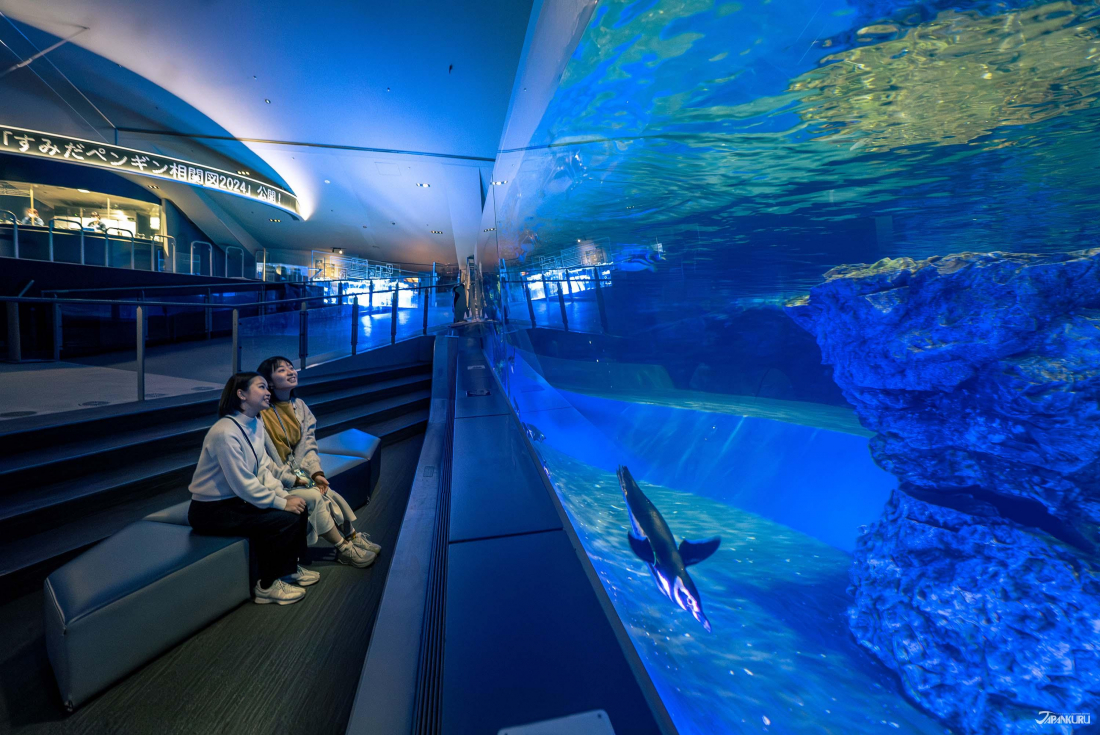


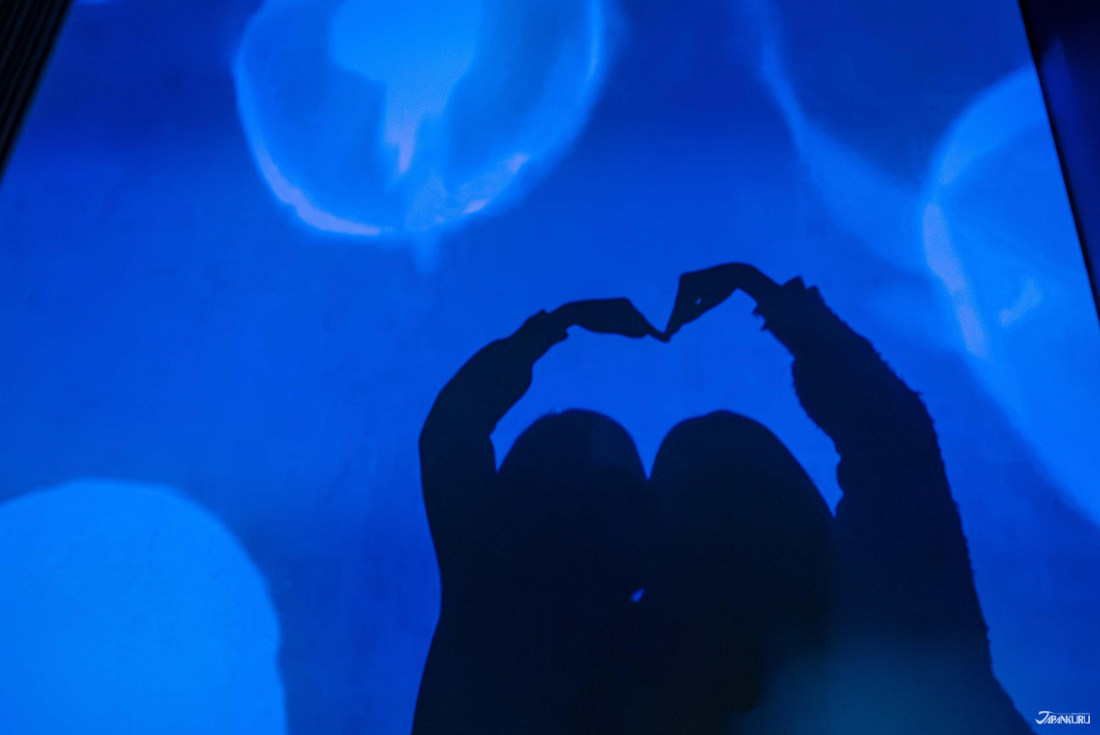
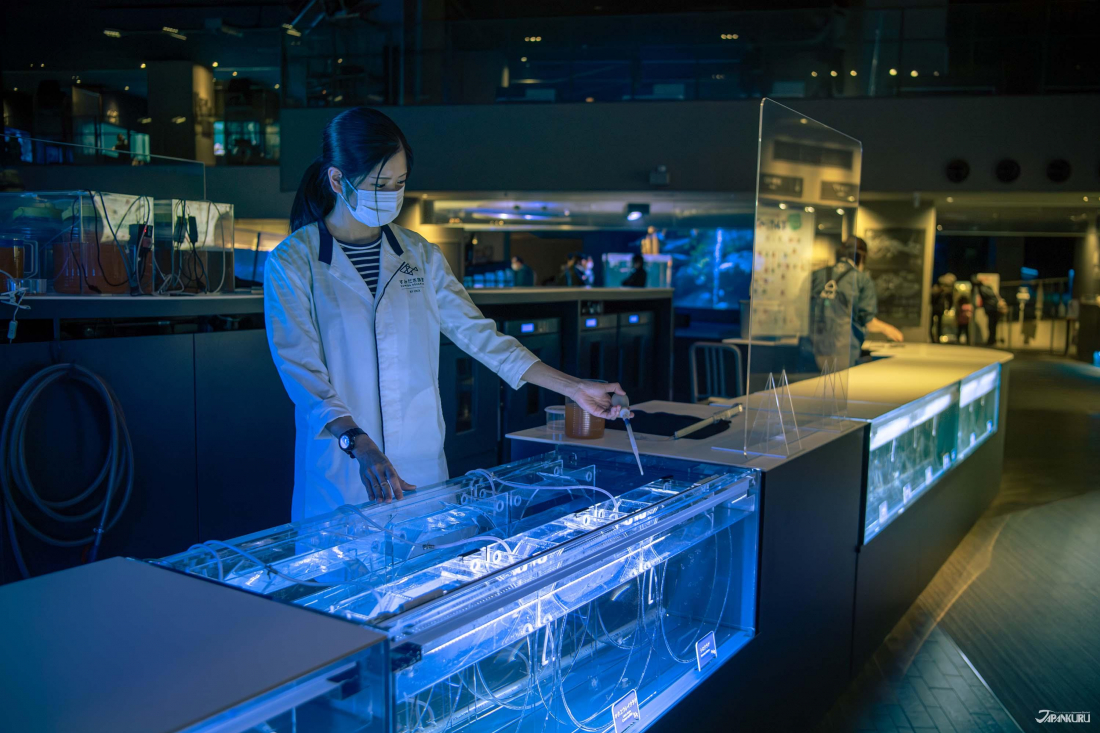
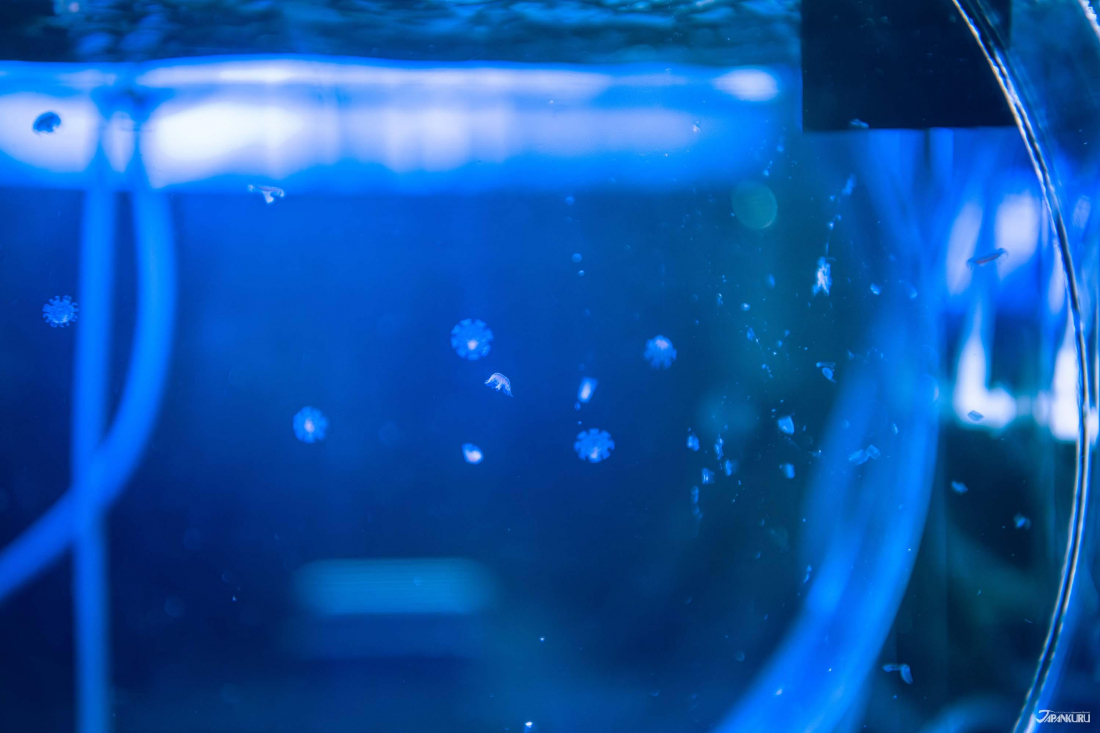
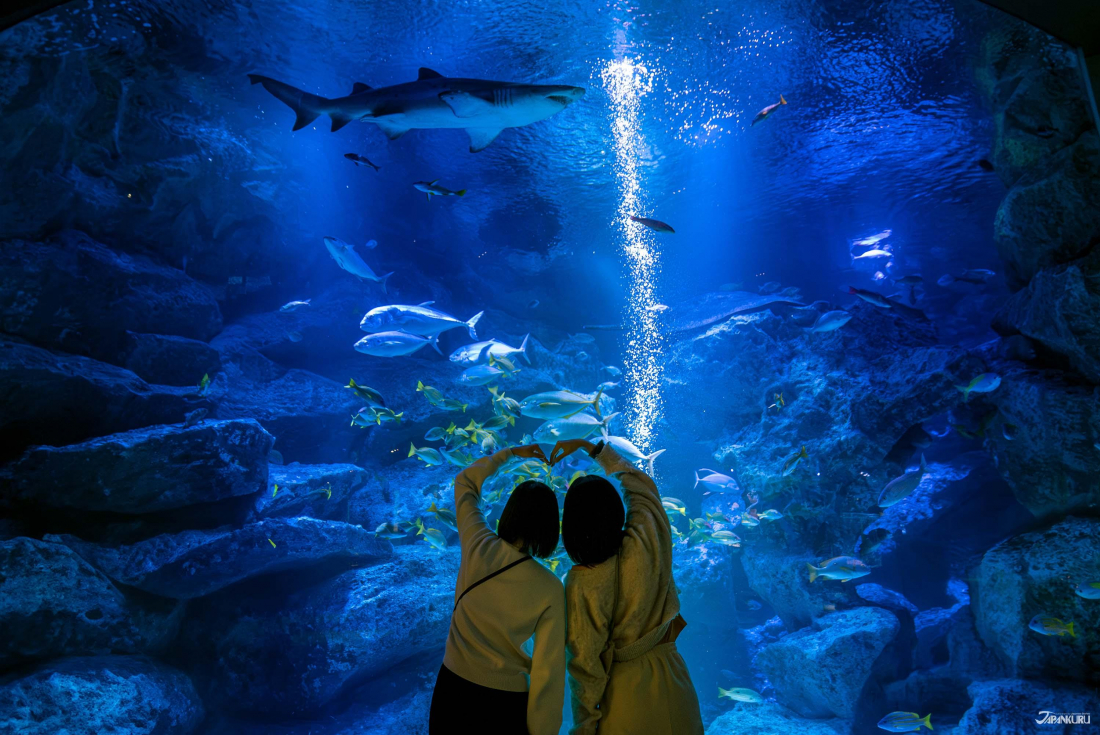
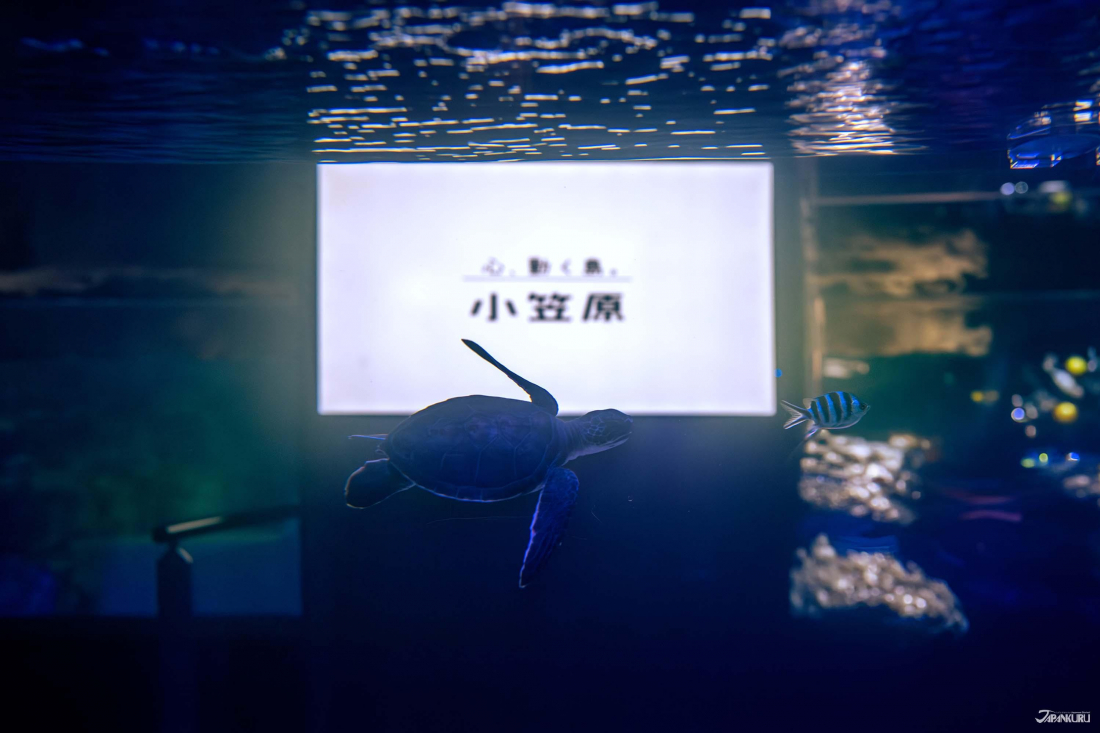
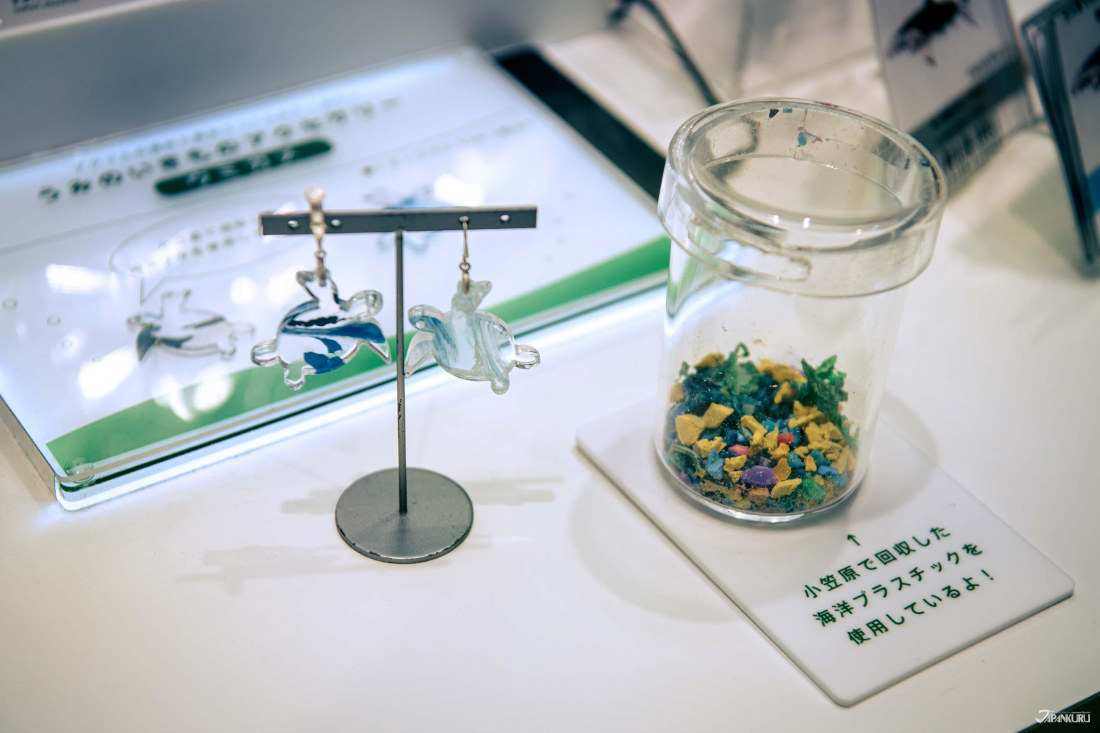
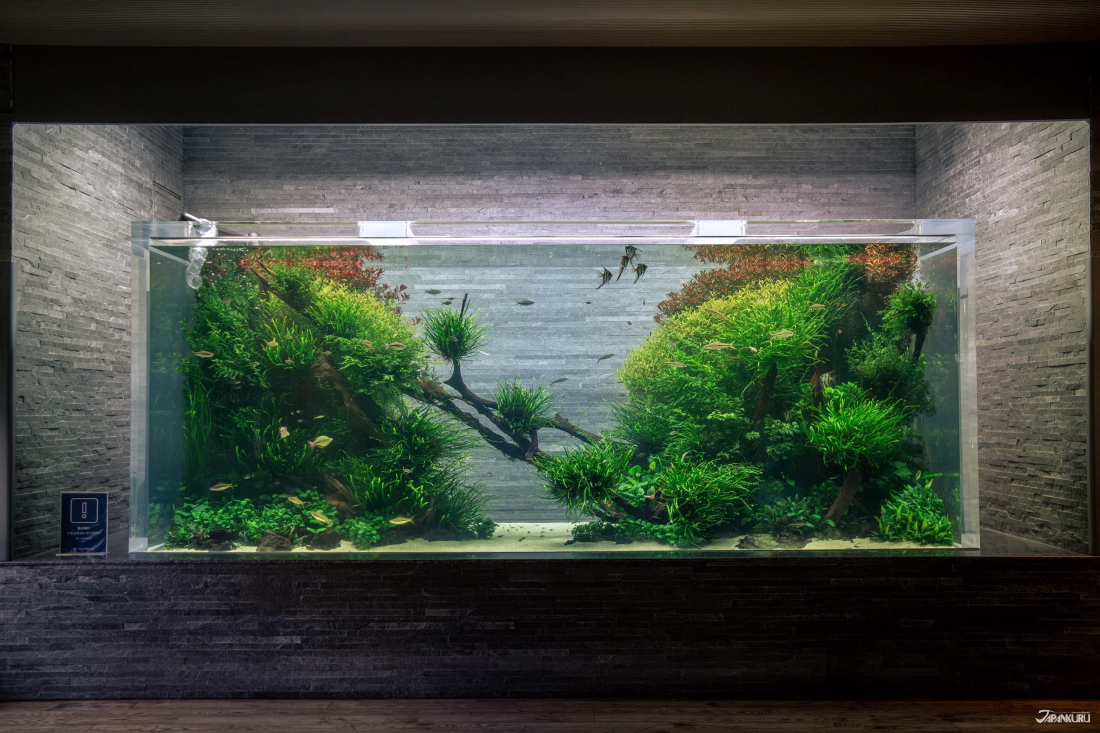
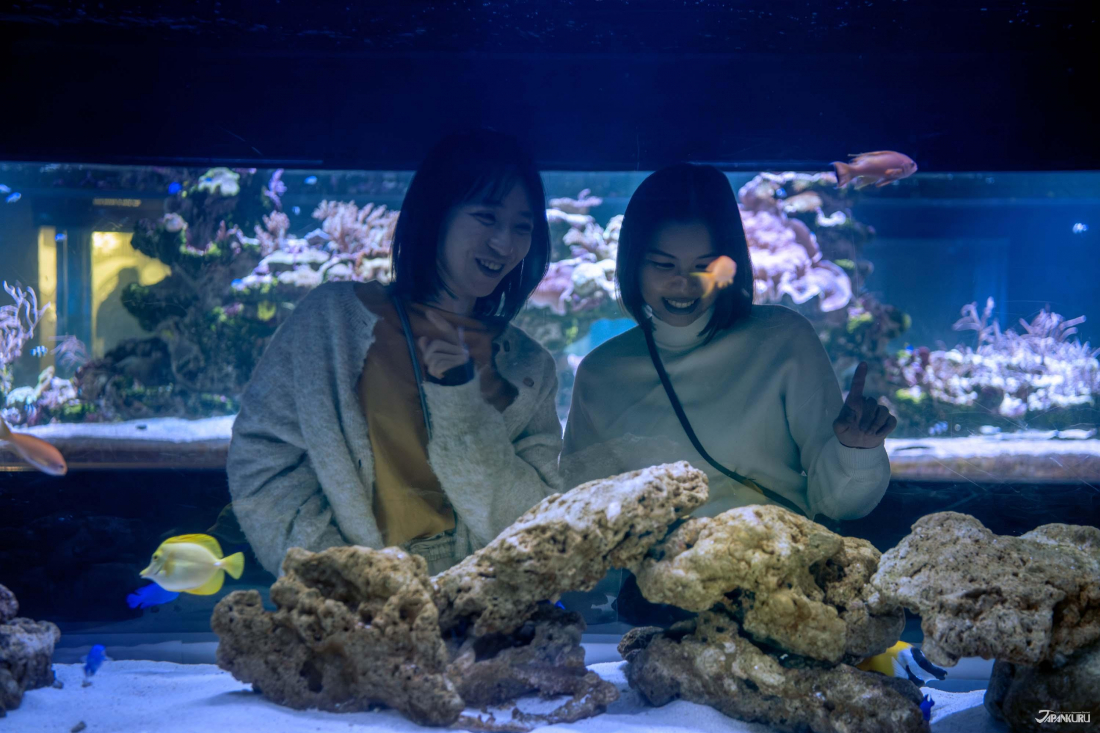
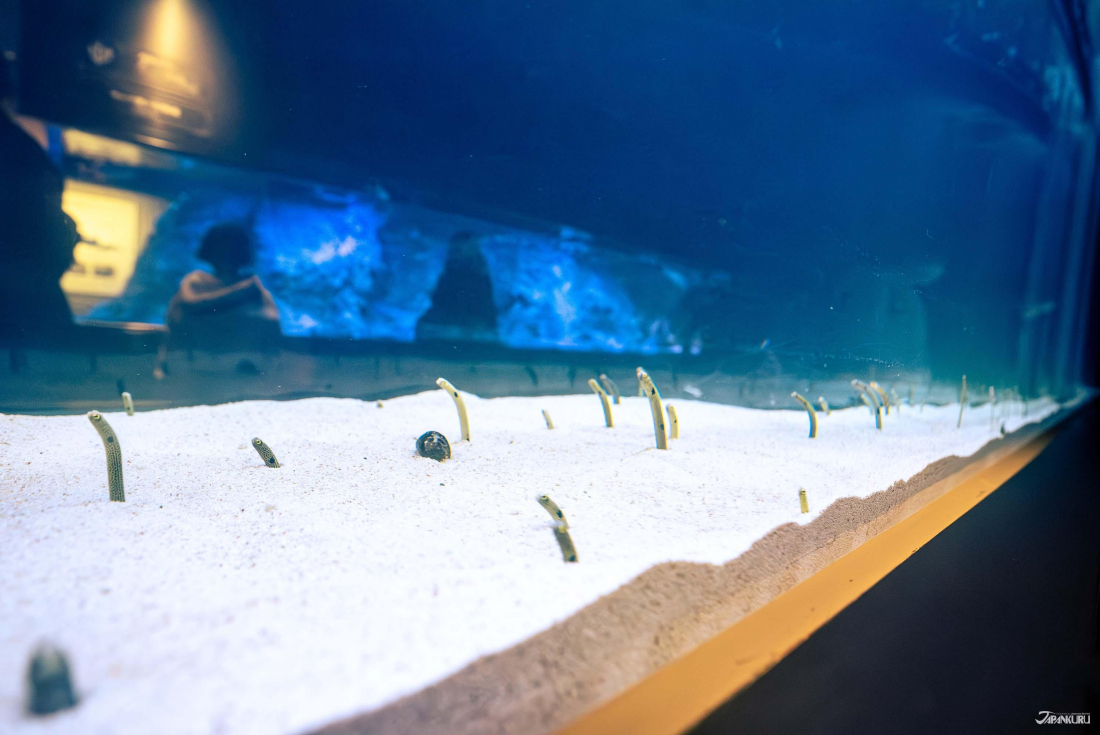
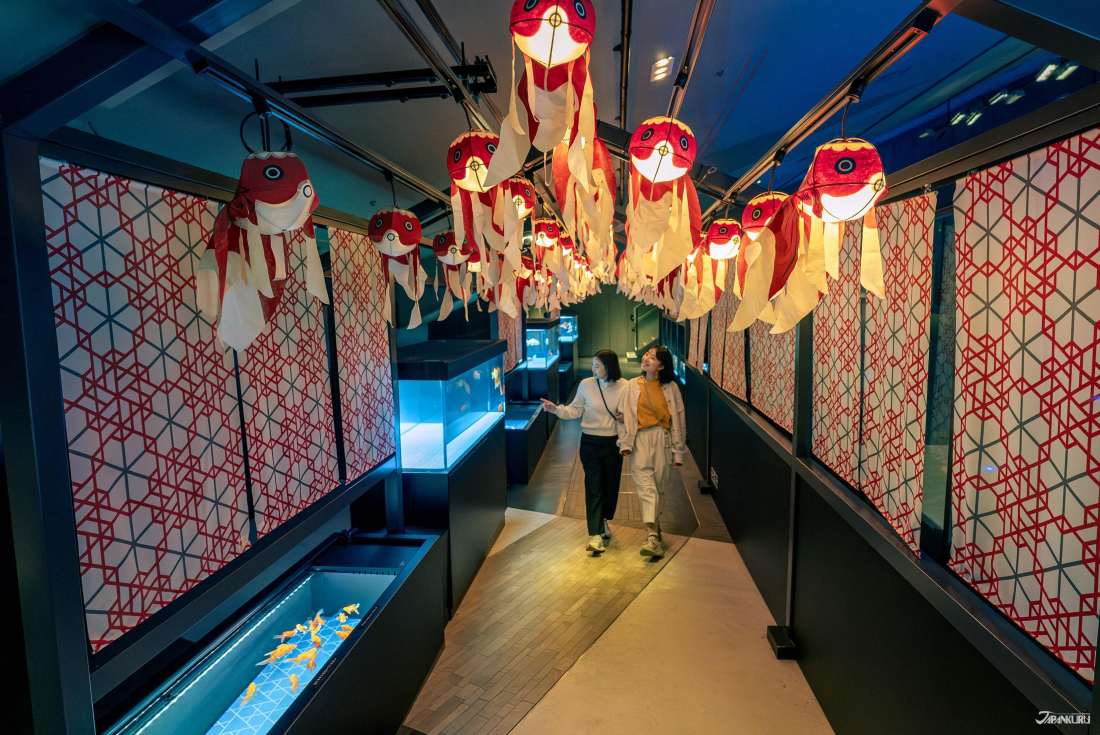
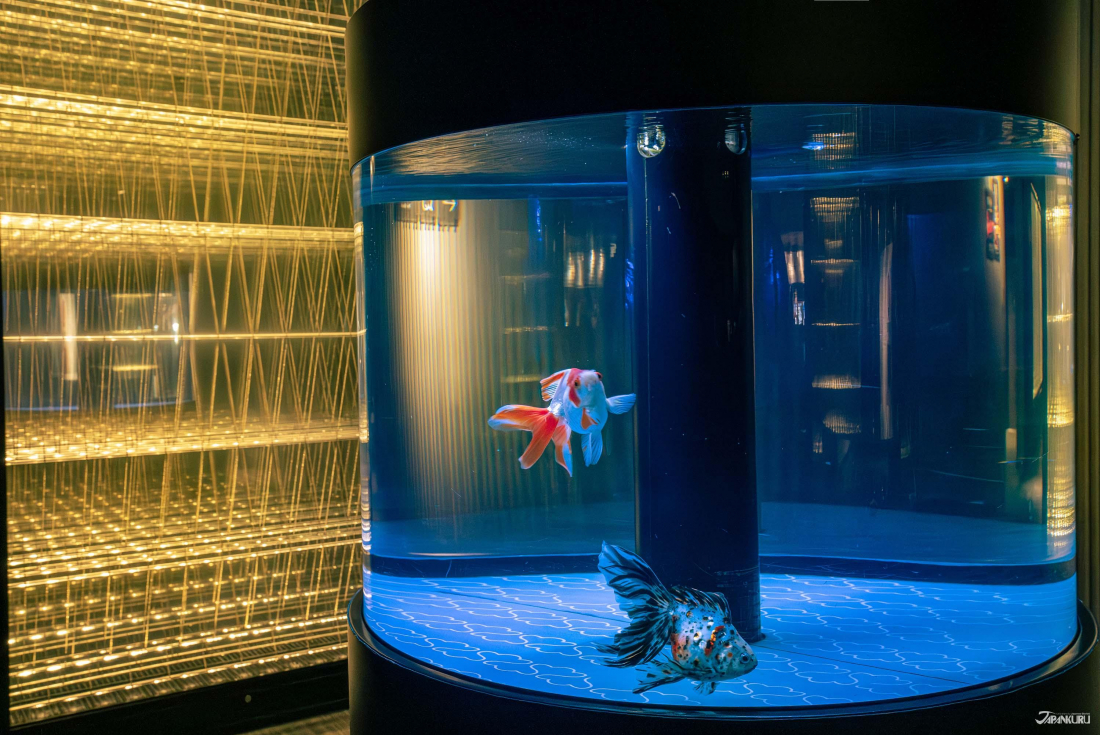
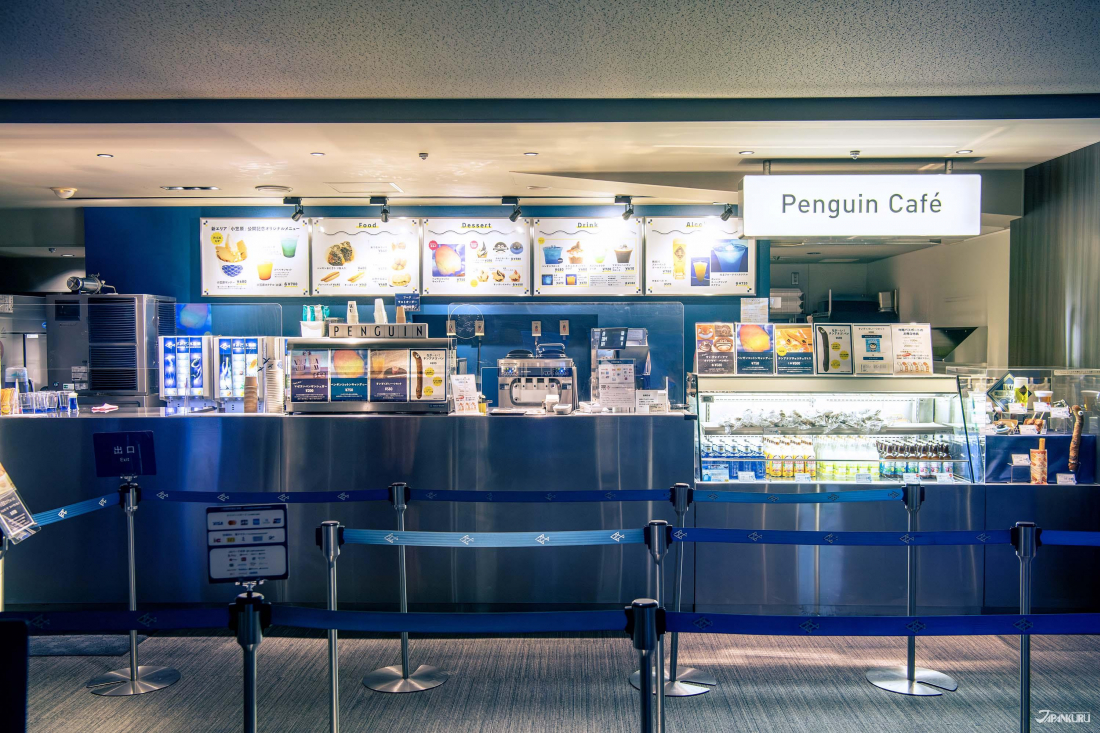

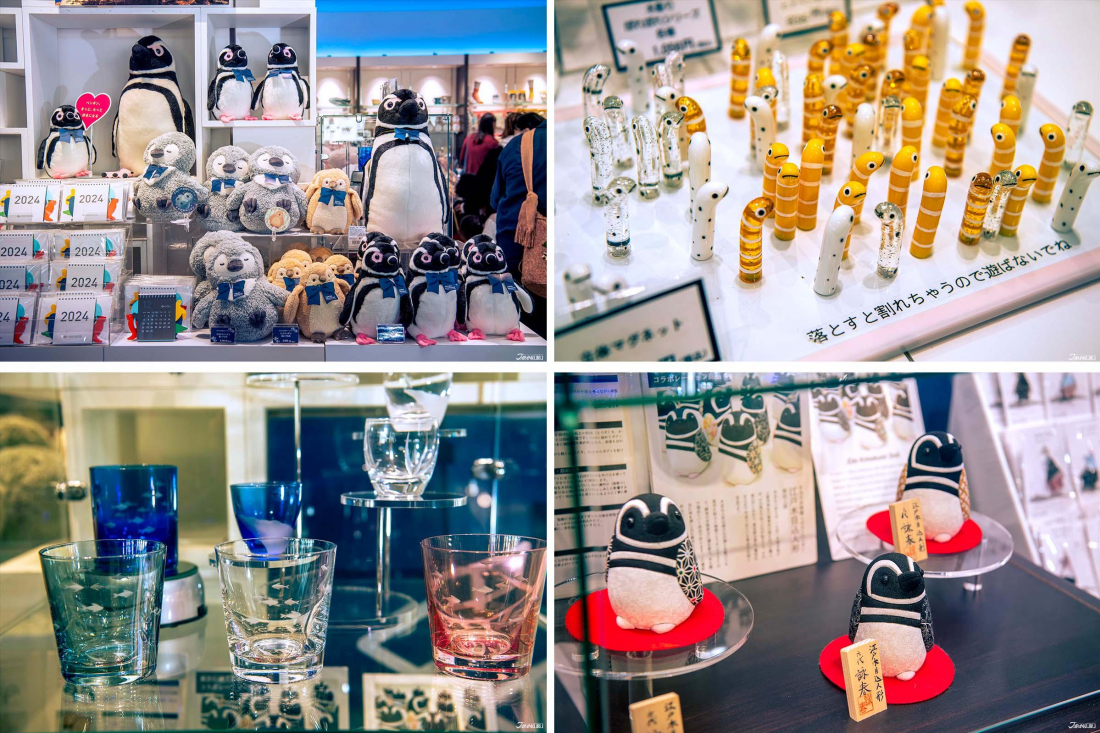





 >> Find out more at Japankuru.com! (link in bio)
#
>> Find out more at Japankuru.com! (link in bio)
#





 The Robot Restaurant is gone, but the Samurai Restaurant is here to take its place. Check it out, and don't forget your coupon!
The Robot Restaurant is gone, but the Samurai Restaurant is here to take its place. Check it out, and don't forget your coupon!
 신주쿠의 명소 로봇 레스토랑이 사무라이 레스토랑으로 부활! 절찬 쿠폰 발급중
신주쿠의 명소 로봇 레스토랑이 사무라이 레스토랑으로 부활! 절찬 쿠폰 발급중
 18歲以上才能入場的歌舞秀,和你想的不一樣!拿好優惠券去看看~
#tokyo #shinjuku #samurairestaurant #robotrestaurant #tokyotrip #도쿄여행 #신주쿠 #사무라이레스토랑 #이색체험 #할인이벤트 #歌舞伎町 #東京景點 #武士餐廳 #日本表演 #日本文化體驗 #japankuru #japantrip #japantravel #japanlovers #japan_of_insta
18歲以上才能入場的歌舞秀,和你想的不一樣!拿好優惠券去看看~
#tokyo #shinjuku #samurairestaurant #robotrestaurant #tokyotrip #도쿄여행 #신주쿠 #사무라이레스토랑 #이색체험 #할인이벤트 #歌舞伎町 #東京景點 #武士餐廳 #日本表演 #日本文化體驗 #japankuru #japantrip #japantravel #japanlovers #japan_of_insta
 코지마 x 빅 카메라 쿠폰으로 일본 가전 제품 쇼핑하기
#pr #japankuru #japanshopping #kojima #biccamera #japaneseskincare #yaman #dji #osmopocket3 #skincaredevice #日本購物 #美容儀 #相機 #雅萌 #日本家電 #일본여행 #면세 #여행꿀팁 #일본쇼핑리스트 #쿠폰 #일본쇼핑 #일본브랜드 #할인 #코지마 #빅카메라 #japankurucoupon
코지마 x 빅 카메라 쿠폰으로 일본 가전 제품 쇼핑하기
#pr #japankuru #japanshopping #kojima #biccamera #japaneseskincare #yaman #dji #osmopocket3 #skincaredevice #日本購物 #美容儀 #相機 #雅萌 #日本家電 #일본여행 #면세 #여행꿀팁 #일본쇼핑리스트 #쿠폰 #일본쇼핑 #일본브랜드 #할인 #코지마 #빅카메라 #japankurucoupon































 Oita Hello Kitty Airport
Oita Hello Kitty Airport  Lands April 13th
Lands April 13th










